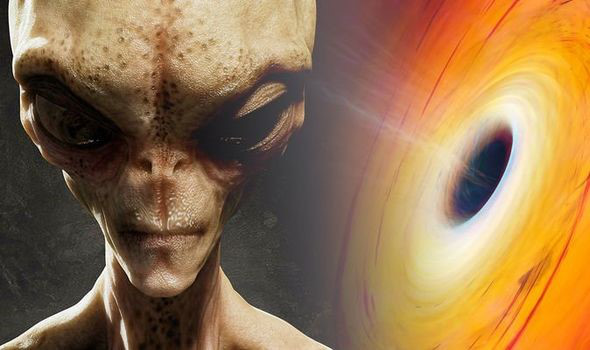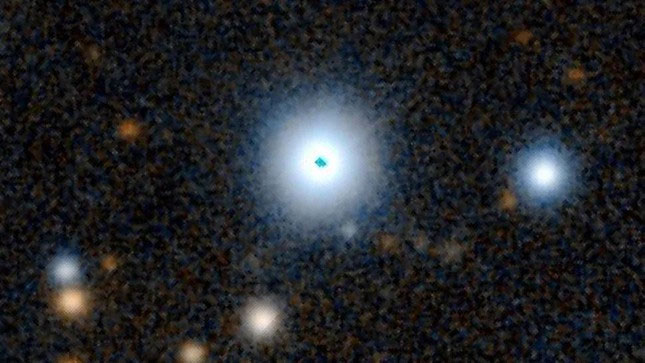The question of whether extraterrestrial life exists beyond our solar system has intrigued scientists and enthusiasts alike for centuries. With the vastness of the universe offering countless stars and planets, the possibility of aliens originating from distant stars, much like our Sun, remains a topic of speculation and fascination. Let’s delve into the intriguing possibilities and theories surrounding this captivating concept.

The Search for Extraterrestrial Intelligence (SETI) has been at the forefront of scientific efforts to detect signs of intelligent life beyond Earth. Using powerful telescopes and advanced technology, researchers scan the cosmos for signals that could indicate the presence of alien civilizations, including those originating from stars similar to our Sun.

One compelling theory is that habitable exoplanets, orbiting stars in the habitable zone – where conditions are conducive to the existence of liquid water and potentially life as we know it – could harbor extraterrestrial life forms. Given the sheer number of exoplanets discovered in recent years, the likelihood of Earth-like worlds orbiting Sun-like stars has increased significantly, further fueling speculation about the existence of alien life.

Another intriguing possibility is the concept of interstellar travel, whereby advanced civilizations from distant stars could possess the technology to journey across vast cosmic distances. While current human space travel capabilities are limited to our own solar system, theoretical concepts such as warp drives, wormholes, and solar sails offer tantalizing glimpses into the potential for interstellar exploration and contact with alien civilizations.
Furthermore, the recent discovery of interstellar objects passing through our solar system, such as ‘Oumuamua and Borisov, has sparked speculation about the possibility of extraterrestrial probes or artifacts traversing the cosmos. While these objects are likely natural in origin, their unusual trajectories and characteristics have prompted scientists to consider the possibility of artificial origins, albeit with cautious skepticism.
In addition to physical exploration and detection methods, scientists also search for indirect evidence of extraterrestrial life through the study of exoplanetary atmospheres and biosignatures. By analyzing the chemical composition of exoplanet atmospheres, researchers hope to identify gases such as oxygen, methane, and ozone – indicators of biological activity – that could suggest the presence of alien life.
Despite the absence of definitive evidence thus far, the quest to unravel the mysteries of the cosmos and search for signs of extraterrestrial life continues unabated. As technology advances and our understanding of the universe deepens, the possibility of discovering aliens from distant stars, akin to our Sun, remains an enticing prospect that captivates the imagination and drives scientific inquiry.
while the existence of aliens from distant stars like the Sun remains speculative, ongoing scientific research and exploration offer hope for unlocking the secrets of the cosmos and discovering new worlds teeming with life. As humanity continues to gaze at the stars in wonder and curiosity, the quest for answers to the age-old question of whether we are alone in the universe persists, driving us ever closer to unlocking the mysteries of our cosmic neighbors.